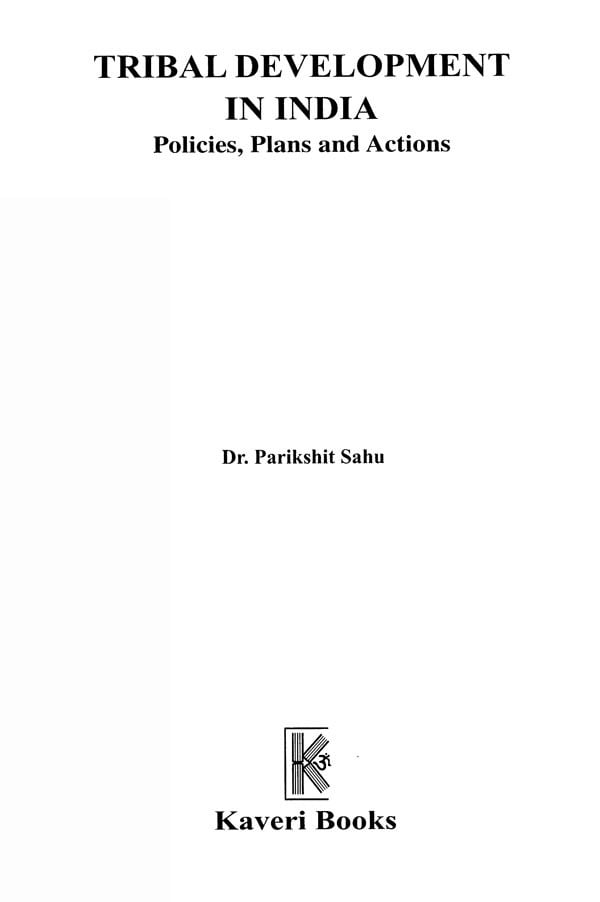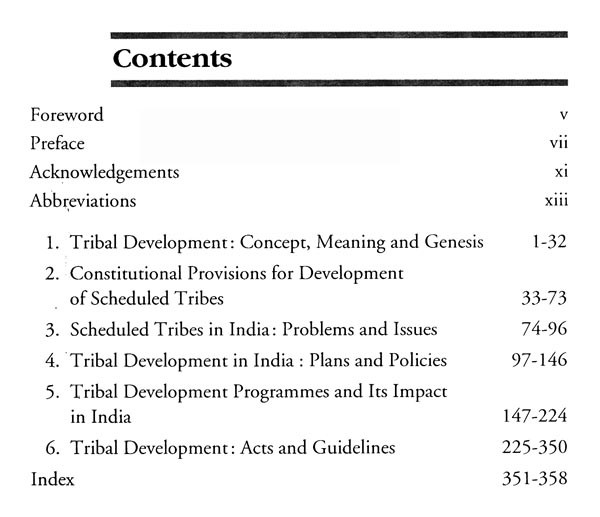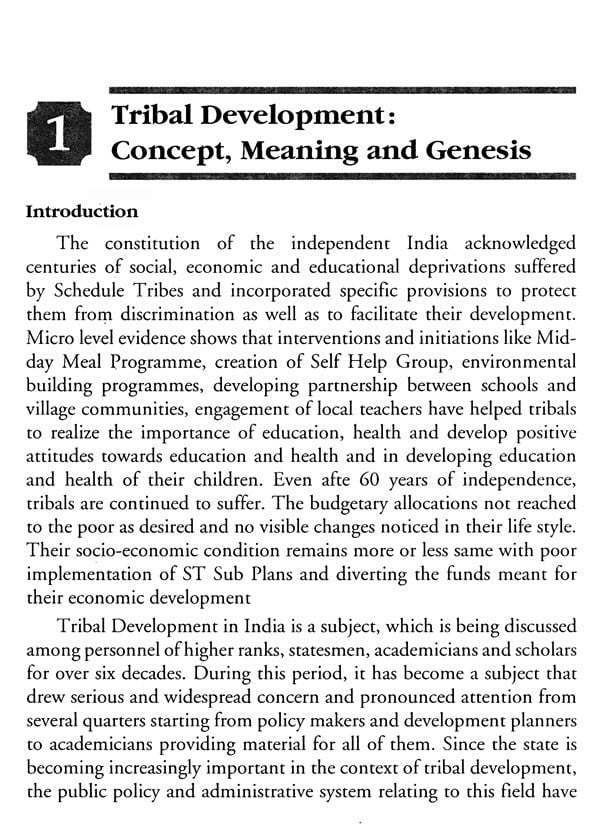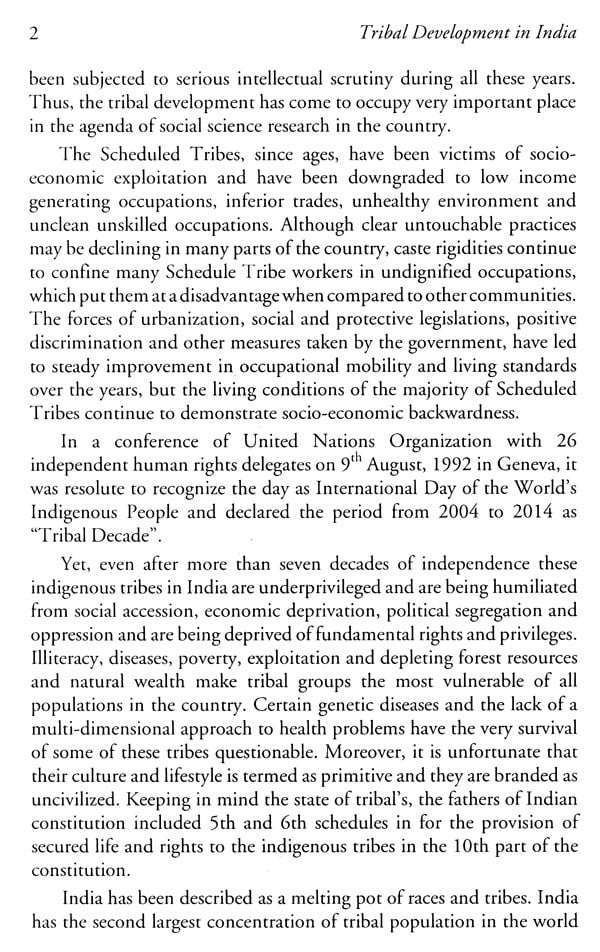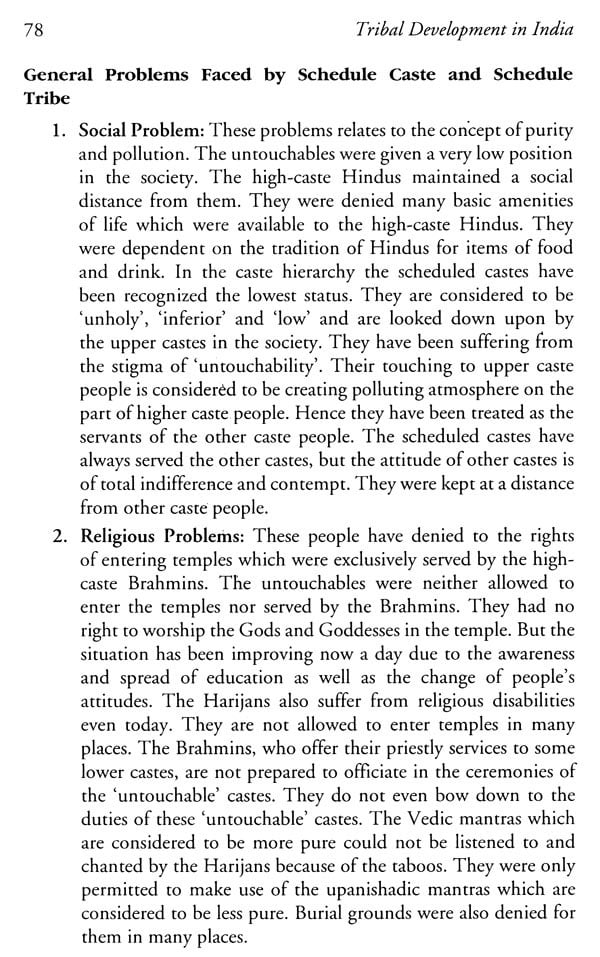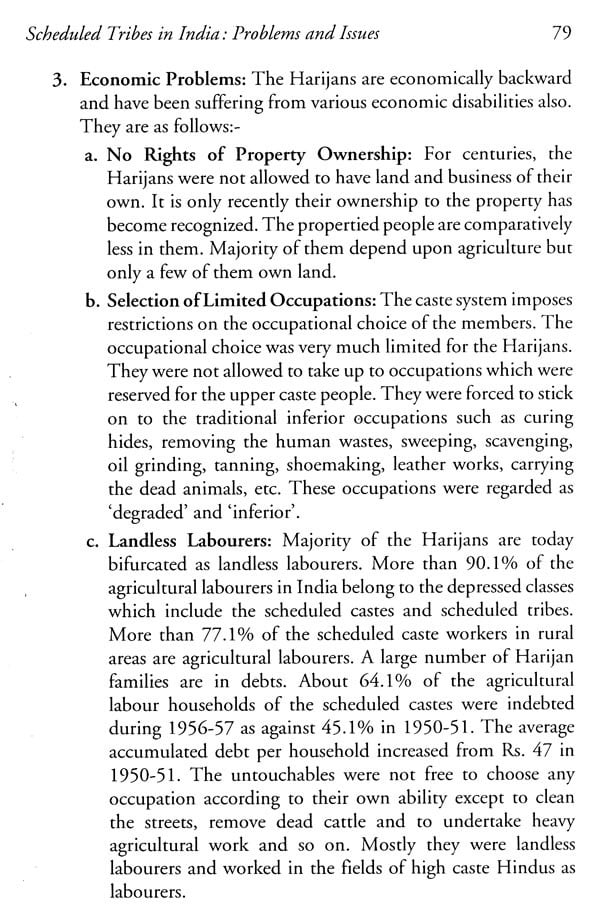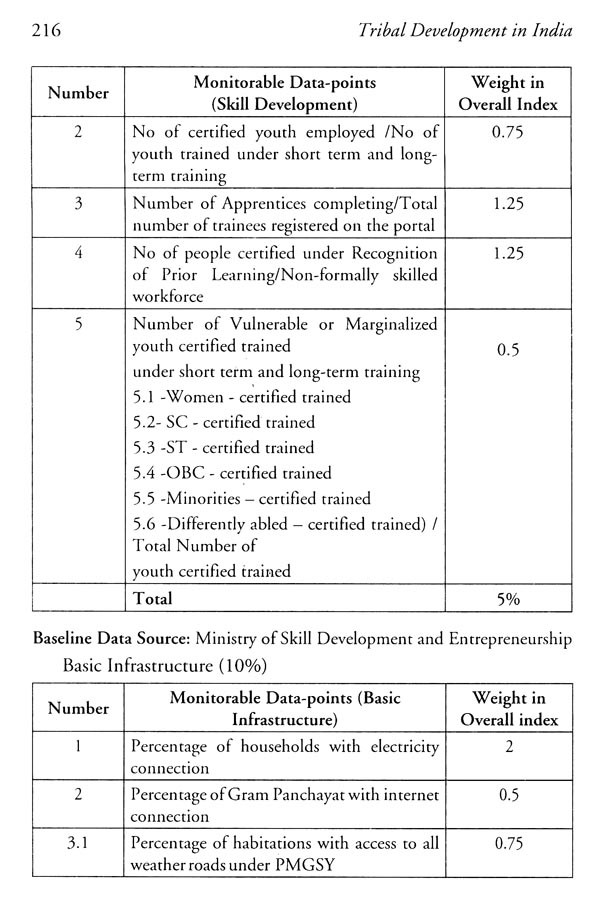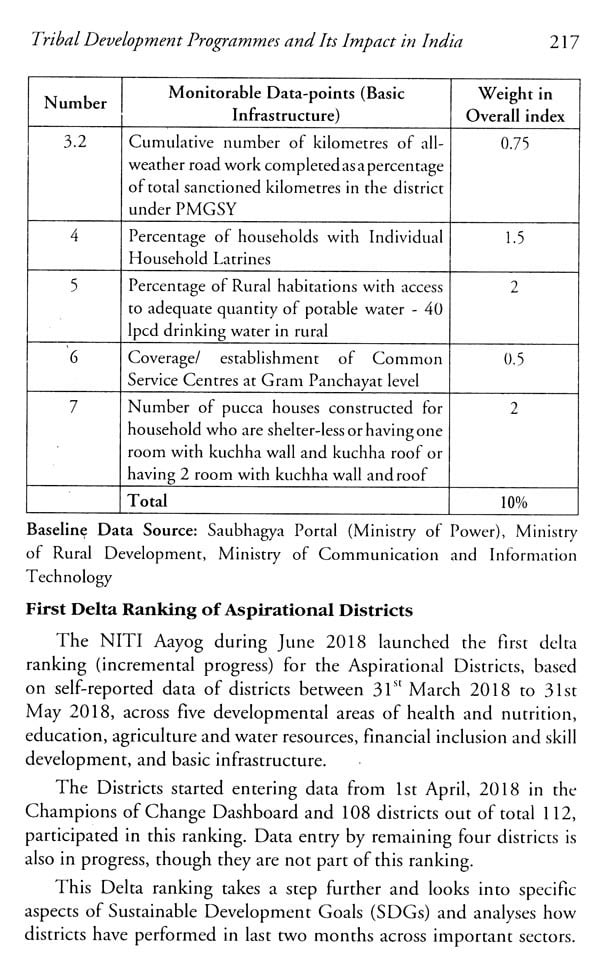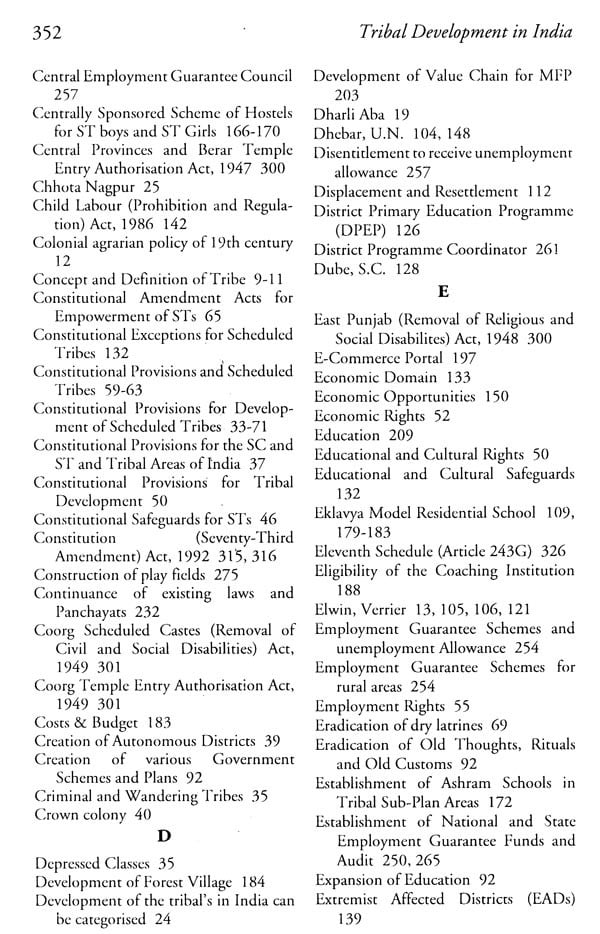
Tribal Development in India- Policies, Plans and Actions
Book Specification
| Item Code: | AZG389 |
| Author: | Parikshit Sahu |
| Publisher: | KAVERI BOOKS |
| Language: | ENGLISH |
| Edition: | 2021 |
| ISBN: | 9788174792389 |
| Pages: | 372 |
| Cover: | HARDCOVER |
| Other Details | 9.50x6.50 inch |
| Weight | 720 gm |
Book Description
This book has made a attempt analyse constitutional provisions, government acts, guidelines, plans programmes relating to development in starting from genesis to present structure. attempt has been made incorporate national policy and new development programmes of Government of India. The book has updated with the information, data, initiatives of government, findings government report research studies.
It is hoped that the readers will immensely reading the book provide fundamental knowledge as well as the trends of development India.
Dr Sahu immense experience teaching. He has a passion interest teaching research. taught papers like Micro Macroeconomics, Monetary Economics, Public Finance, Statistics, Mathematical Economics, Managerial Economics, Econometrics, Engineering Economics Costing and so on. addition to that, he has teaching Rural Development programmes government, acts, rules, guidelines different programmes and projects to developmental professionals, government officials, members different training institutes.
He is prolific writer, public orator, panelist Doordarshan, columnist, singer, musician and the like. He published good volume research articles, study reports, case studies, success stories to credit national international journals.
The effects of planned developmental interventions for tribals since 1961 have not made any significant impact in improving the conditions of the tribals. There is comprehensive degradation of natural resources in the tribal regions, resulting in extensive poverty among the tribal people. While seen the human development index, the tribal regions and people are displayed at the bottom of the table in every state and districts.
The true spirit of development of tribals lies in making them to realize their rights and ensuring that the rights are protected through institutional means. There are sufficient numbers of state government and central government schemes under which the funds flows for the tribal development. But, still the basic amenities like health, education, sanitation and livelihoods have been remained as the major challenges in the tribal areas. Lack of exposure to mainstream society, superstitions, and inaccessibility has been a major hurdle to bring them to main stream. Creating enabling environment to realize their developmental potential is the way forward for the tribal development.
Tribes are the poorest segment of Indian population. They are socially, educationally and economically most deprived, demoralized and suffering from injustice since ages. Though Indian Constitution in Articles-12 to 35 elaborated the rights for ensuring social justice, the progress is not eye-catching especially in case of tribals. The tribals in India form 8.2 per cent of the national population leaving aside the Union Territories but even today they did not know what the rule of law is or what the social justice means.
**Contents and Sample Pages**
